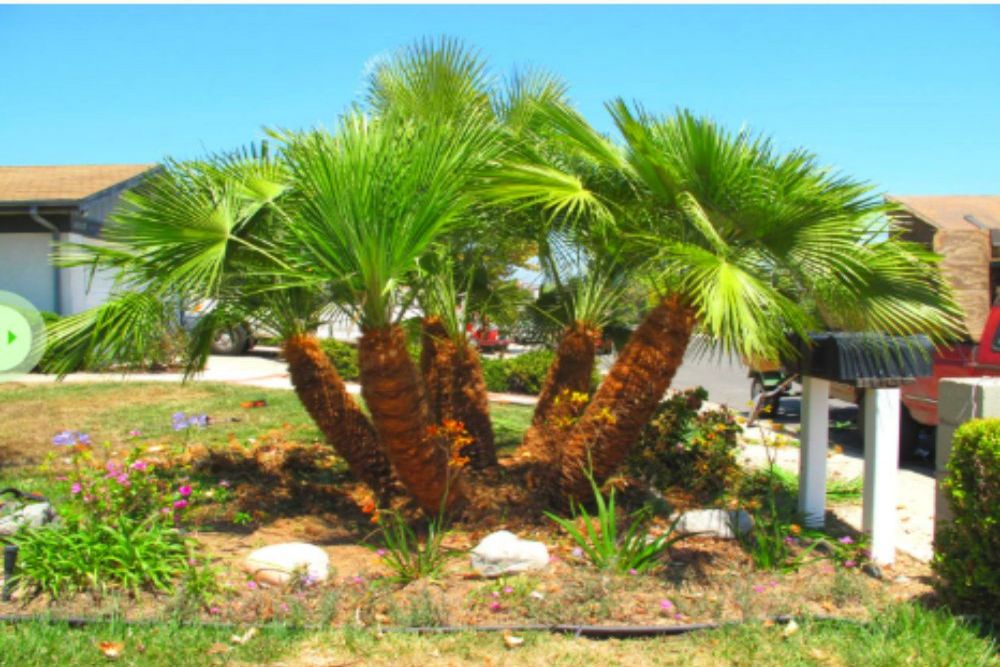When Is the Best Time to Prune Trees and Shrubs?
When Is the Best Time to Prune Trees and Shrubs?
When done correctly and at the right time of year, pruning helps your plants grow stronger, live longer, and resist pests and diseases more effectively.

Understanding the best time to prune your trees and shrubs makes a real difference in their health and appearance. When done correctly and at the right time of year, pruning helps your plants grow stronger, live longer, and resist pests and diseases more effectively. It also shapes the overall structure, encourages new growth, and prevents overcrowding. But timing is key. If you prune too early or too late, you may cause stress, limit flowering, or expose your tree to unnecessary risks. That’s why paying attention to seasonal cues and your specific landscape needs is essential before reaching for your tools.
Winter Pruning Sets the Stage for Growth
Late winter is often the ideal season for pruning most trees and shrubs. Once the harshest part of the cold has passed and the plant is still dormant, cutting back branches becomes less stressful for the plant. Without leaves in the way, you can see the tree’s structure and make cleaner, more strategic cuts. Winter pruning also encourages vigorous growth in the spring, which is perfect for deciduous trees and shrubs that benefit from a strong, healthy start. If you aim to improve shape, remove weak limbs, or control size, this is the season to do it.
Spring Pruning Requires a Selective Approach
Early spring pruning can be helpful, but only in some instances. Knowing their bloom cycle is essential if you have flowering trees or shrubs. Spring pruning can enhance blooming for species that flower on new wood, like crape myrtles or some hydrangea varieties. However, plants that flower on old wood, like lilacs or azaleas, should be pruned right after they bloom to avoid cutting off future blossoms. Spring pruning can also address dead or damaged branches that winter storms may have left behind, helping your trees recover quickly and stay healthy into the warmer months.
Summer Pruning Helps Control Size and Shape
If your trees and shrubs grow faster than you’d like, summer is a good time to manage their shape and size. Pruning during the growing season slows excessive growth and helps maintain a balanced form. Summer pruning benefits fruit trees, allowing more sunlight to reach developing fruit and improving air circulation. Removing suckers, water sprouts, or problem branches during this time can also reduce the risk of insect activity and mildew. Just ensure not to overdo it, as excessive pruning in high heat can stress your plants.
Avoid Fall Pruning to Prevent Damage
Fall may feel like the right time to tidy up, but pruning during this season can weaken your trees and shrubs. As temperatures begin to drop, plants start transitioning into dormancy. Pruning stimulates new growth, and fresh shoots won’t have enough time to harden before frost. This can leave them vulnerable to cold weather damage and reduce your plant’s overall resilience heading into winter. If you’re tempted to prune in the fall, it’s better to focus on light cleanup, like removing deadwood or broken branches, while saving any significant cuts for later.
Work with Arborists Who Understand Seasonal Tree Care
Understanding when to prune your trees and shrubs isn’t always simple. Local climate, species type, and landscaping goals all play a part in choosing the right time. If you’re unsure where to start or want to ensure your trees get the best care possible, let a certified arborist help.
Call Ted Safford & Son Arborists today at (858) 692-2294. We’ll inspect your trees, explain the best pruning approach based on season and condition, and provide expert care that supports long-term growth and beauty.




